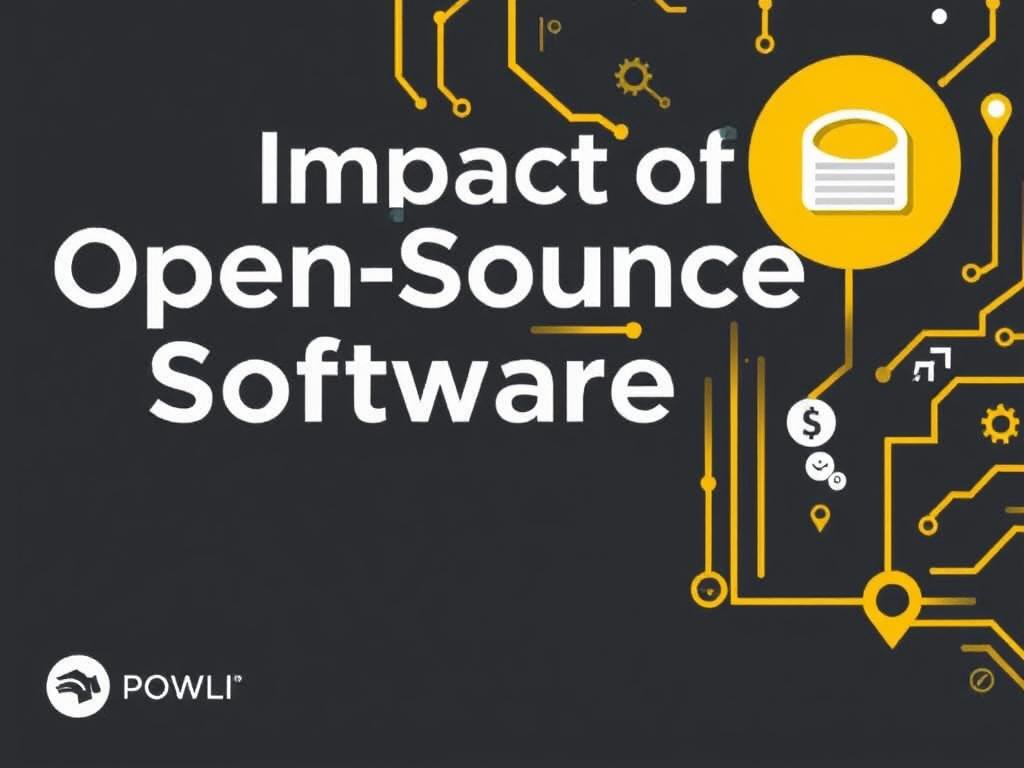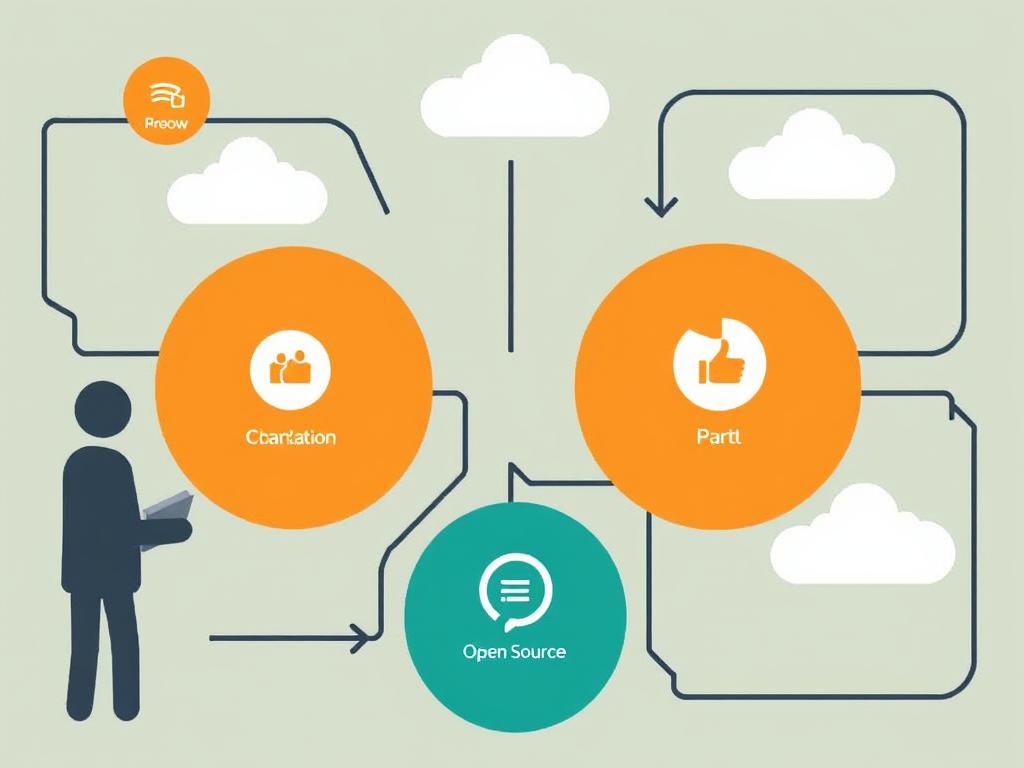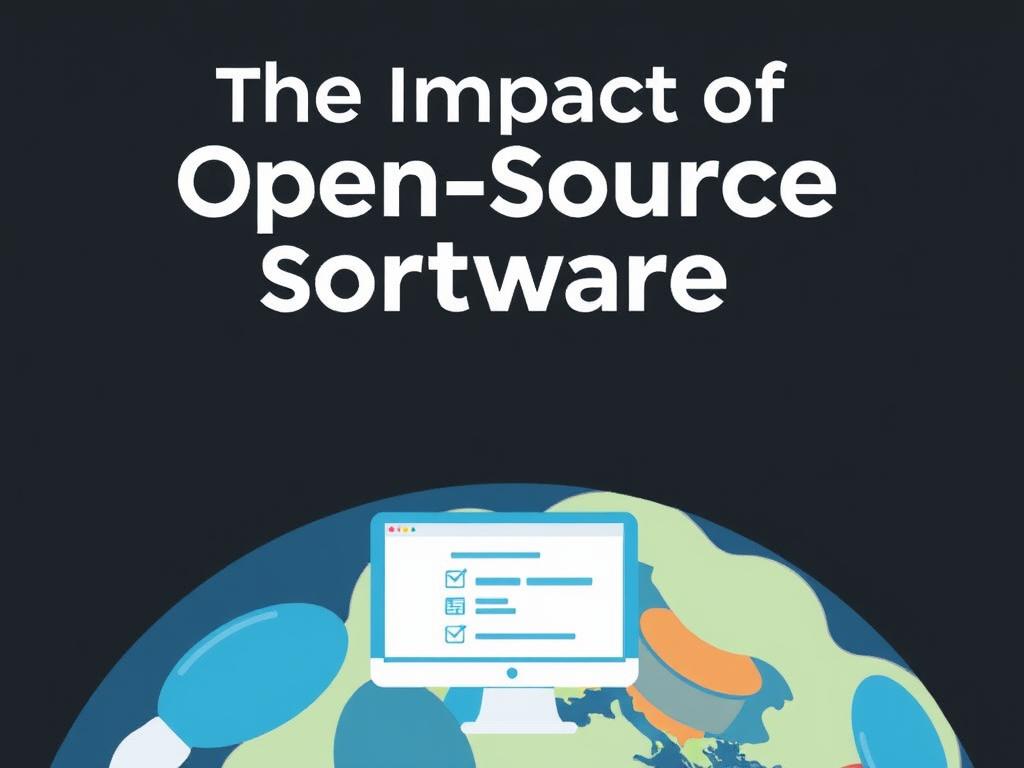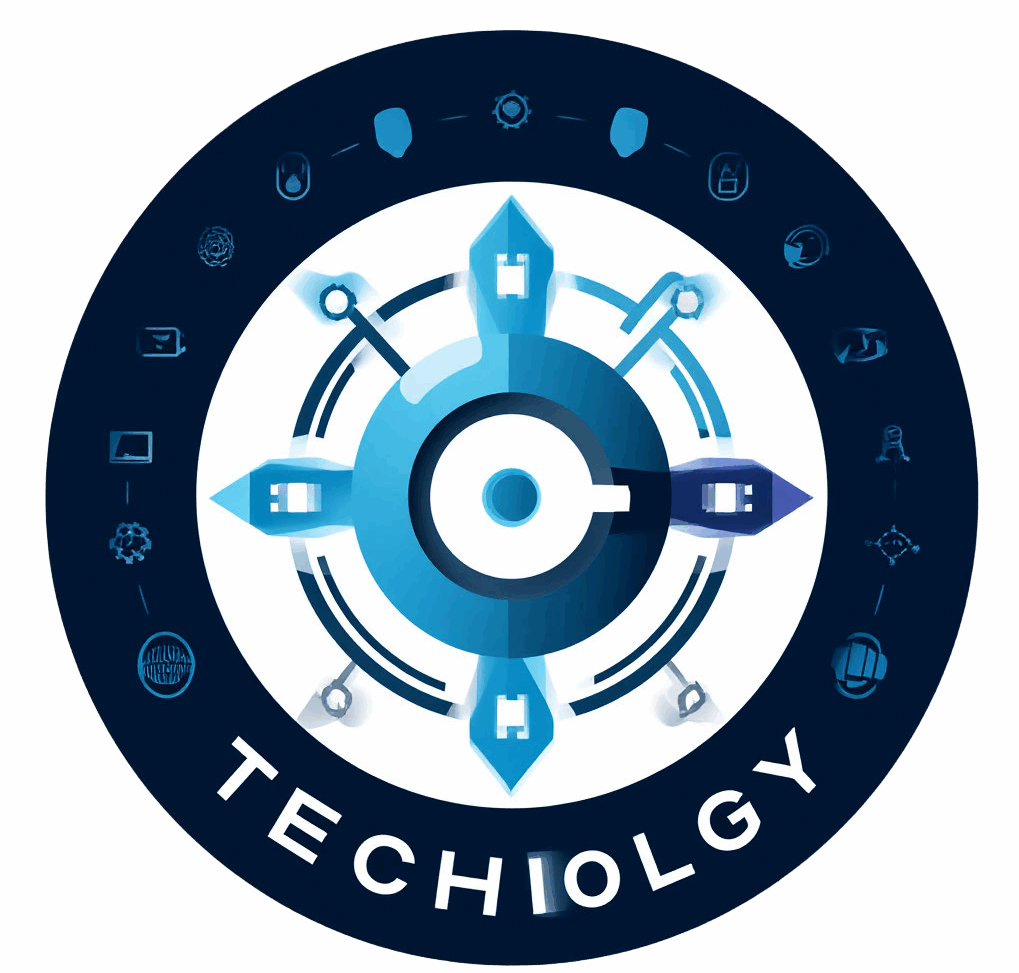Open-source software has become a remarkable force driving innovation and collaboration in the technology world. Unlike proprietary software, open-source projects allow users to access, modify, and distribute the source code freely. This model has revolutionized how software is developed and shared, empowering developers of all skill levels to contribute to and benefit from a global community. Whether you’re a casual user, a professional developer, or a large enterprise, the impact of open-source software is everywhere—from the operating systems on our computers to the applications on our phones and even the infrastructure powering the internet.
In its essence, open-source software fosters transparency, collaboration, and adaptability. Because the source code is openly available, developers can identify and fix bugs more quickly, resulting in more secure and stable software. Furthermore, open-source projects encourage innovation by removing barriers that might limit experimentation and creative problem-solving. This inclusive environment nurtures a culture where knowledge is freely shared and solutions evolve rapidly. The ripple effect of this ecosystem impacts not just technology but also society and business models globally.
The Benefits of Open-Source Software
Open-source software offers a wide range of benefits compared to traditional proprietary software. One of the most compelling advantages is cost efficiency. Since open-source software is typically free to use, it lowers entry barriers for individuals, startups, and nonprofits that might struggle with licensing fees. Besides, the customization possibilities are nearly endless, allowing organizations to tailor software precisely to their needs without waiting for vendor updates.
Another critical benefit is community support. Unlike proprietary software that relies on customer service teams, open-source projects often have vibrant, active communities of users and developers who contribute documentation, tutorials, plugins, and even direct support. These communities accelerate troubleshooting and knowledge sharing, making the user experience richer and more dynamic.
| Benefit | Description |
|---|---|
| Cost Savings | Free usage reduces overall expenses for individuals and organizations. |
| Flexibility | Customization of software allows specific feature development and integration. |
| Security | Open access to source codes means vulnerabilities are detected and fixed faster. |
| Community Support | Strong communities provide continuous help and resource sharing. |
How Open-Source Software Fuels Innovation

Open-source software has a unique way of accelerating innovation, mainly because it removes the conventional gatekeepers involved in software development. Developers worldwide can build and iterate on each other’s work, creating a feedback loop that promotes rapid improvements. This collaborative approach lowers the risk and cost associated with experimentation, making it easier for new ideas to flourish.
Consider some of the most significant breakthroughs in recent years, such as cloud computing platforms and artificial intelligence frameworks. Many of these technologies are built upon or significantly influenced by open-source projects. For example, Kubernetes revolutionized container orchestration, and TensorFlow, an open-source machine learning framework, has become a cornerstone in AI research. These tools thrive because they are community-driven, enabling anyone to contribute to their evolution.
Open Source in Business: Rethinking Traditional Models

Businesses have increasingly recognized the value of open-source software, not only as a cost-saving measure but also as a way to accelerate development cycles. Many companies contribute to and rely on open-source projects to build their products and services. By doing so, they tap into a collective intelligence that no single organization could match alone.
Moreover, the open-source model encourages transparency and trust, which are essential in today’s digital economy. Customers and partners feel reassured knowing that the software powering their critical systems is not a black box but something accessible and scrutinized by many eyes. This transparency can translate into better compliance, more robust security, and improved product quality.
- Cost-effective software development reduces licensing and vendor dependency.
- Foster innovation through the collaborative inclusion of diverse global talent.
- Leverage existing libraries and frameworks to speed up time-to-market.
- Enhance software security with continuous peer review and testing.
Challenges and Considerations in Open-Source Software
Despite its many advantages, open-source software is not without challenges. One of the significant issues organizations face is the need for proper governance. Since many open-source projects are community-driven, decision-making can sometimes be slow or contentious. Without clear leadership or guidelines, projects might stagnate or fork in incompatible directions.
Another consideration is security risks. While open-source software benefits from widespread scrutiny, it also exposes vulnerabilities publicly, which can be exploited if not addressed promptly. This situation requires dedicated resources to monitor and patch software regularly. Additionally, users must be aware of licensing terms to ensure compliance and avoid legal pitfalls.
Popular Examples of Open-Source Software

To better understand how pervasive open-source software is, here are some examples that you might be using every day:
| Software | Purpose | Impact |
|---|---|---|
| Linux | Operating System | Powering servers, desktops, and mobile devices worldwide. |
| Apache HTTP Server | Web Server | One of the most widely used web servers on the internet. |
| Mozilla Firefox | Web Browser | Popular alternative offering privacy and customization features. |
| WordPress | Content Management System | Dominates a large share of the web in website and blog creation. |
Open-Source Software and Education
Open-source software also plays a vital role in education. It provides students and educators access to powerful tools without financial barriers, stimulating learning and experimentation. Many universities incorporate open-source projects into their curricula, giving hands-on experience with real-world technologies. In addition, students can contribute to open-source communities, gaining valuable skills and a portfolio that can help launch their careers.
The Future of Open-Source Software
Looking ahead, open-source software will continue to shape the future of technology. Its principles align well with emerging trends like decentralized computing, edge technology, and artificial intelligence. As more organizations and developers embrace open collaboration, the pace of innovation is expected to accelerate, leading to new breakthroughs in efficiency, security, and user experience.
Additionally, open-source efforts are expected to expand beyond software to include areas like hardware design and data models. This expansion will open up exciting possibilities for creating more interoperable, transparent, and user-focused technology ecosystems.
Steps You Can Take to Engage with Open-Source Software
If you’re interested in becoming part of the open-source revolution, here are a few simple steps to get started:
- Explore popular open-source repositories on platforms like GitHub.
- Try contributing to documentation or small coding projects.
- Join online forums and communities related to your areas of interest.
- Use open-source software in your daily workflows to understand their strengths and limitations.
- Consider starting your own open-source project to share solutions or ideas.
Conclusion
The impact of open-source software is profound and far-reaching, touching virtually every aspect of the digital age. By enabling collaboration, sharing knowledge, and fostering innovation, open-source software has transformed how technology evolves and how people interact with it. While it comes with certain challenges, the benefits far outweigh the downsides, making it a powerful tool for individuals, organizations, and society as a whole. Embracing open-source models offers not only economic and technical advantages but also a more inclusive and transparent way to create technology that meets the needs of a connected world. As the open-source ecosystem continues to grow, its transformative influence will undoubtedly deepen, shaping the future of digital innovation for generations to come.




